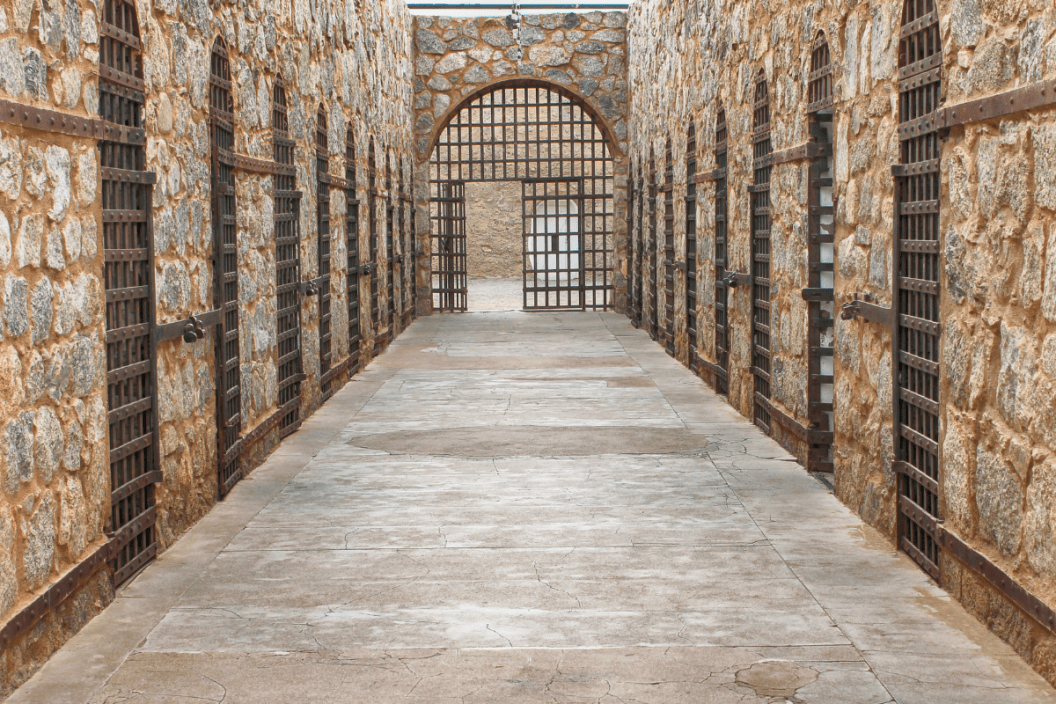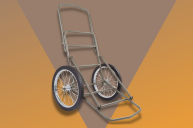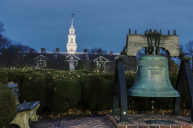Nestled above the Colorado River in Arizona, you will find the remnants of what was once the Yuma Territorial Prison. When this region of the state started seeing huge droves of people during the American Westward expansion and the California gold rushes, Yuma incorporated and became the county seat.
In 1875, the Territorial Governor Safford suggested that a territorial prison be built and after competing with nearby towns of Prescott, Florence, and Phoenix, the new prison was decided to be built in Yuma.
Yuma Territorial Prison's 33 Years of Operation
https://www.instagram.com/p/CPYzQbeLRdr/?utm_source=ig_web_copy_link
Authorized to be built in 1875, the Yuma Territorial Prison had a budget of $25,000 and some of the prisoners were even forced to build their cells. The first inmates of this Arizona territory prison moved in on July 1, 1876, and included the infamous stagecoach robber Pearl Hart and Indian fighter Buckskin Frank Leslie.
The prison saw 33 years of operation until it became overcrowded and was moved to a new facility in the nearby town of Florence. During the prison's operating years, 3,069 convicts (29 women) were locked up there for crimes from murder to polygamy to robbery and grand larceny.
Life at Yuma
https://www.instagram.com/p/CNSjIPOsHYC/?utm_source=ig_web_copy_link
The actual cells at the Yuma Territorial Prison were absolutely tiny and housed up to six inmates in each one, without a washbowl or toilet. Prisoners there dubbed this old west prison as a legit "hell hole" as temperatures would reach into the 120-degree range in summer months. The last prisoner left Yuma on September 15, 1909.
While looking back at the prison in today's world, the Yuma Prison may seem absolutely horrendous, BUT in its time, the prison was actually one of the best in the country. Convicts were able to take classes and there was even a "public" library that used profits from entrance fees to buy books for the prisoners. Eventually, one of the first electrical plants in the west provided power for lights and a ventilation system in the cellblock.
This modern-day adobe fortress features an 18-foot wall that is 8-feet thick with guard towers on every corner of the prison walls. The inside of the prison was composed of the primary cellblocks, the mess hall, the exercise yard, a blacksmith shop, recreation hall, woman's ward, a bullpen, and a tuberculosis ward. The west side of the prison is where the "sally port" (or "door to go out") was located.
What Happened to the Prison?
https://www.instagram.com/p/CN7i_L7Dhpw/?utm_source=ig_web_copy_link
RELATED: A Complete Guide to this Sacred Arizona Hike & Adventure
After the prison shut down, Yuma County and the townspeople began using the structures and building materials found at the site for a wide array of reasons. The Yuma Union High School board rented some of the structures from 1910 to 1914, creating the school's athletic mascot "The Criminals".
The Yuma County Hospital also used the structures until 1923, when the Southern Pacific Railroad company demolished some of Prison Hill for railroad construction. After that, the structures were used by train riders, homeless families, and vagrants during the Great Depression and beyond.
Visiting Yuma Territorial Prison State Historic Park Today
https://www.instagram.com/p/COBGm2ep_zA/?utm_source=ig_web_copy_link
Part of the Arizona State Park system, the Yuma Territorial Prison State Historic Park is available for tours and visits year-round. This wild west prison is open from 9 AM to 5 PM every day except Tuesday and Wednesday. The park is also closed on Thanksgiving Eve, Thanksgiving Day, Christmas Eve, and Christmas Day.
Park entrance fees are $8 for 14+, $4 for children ages 7-13, and free for kids 6 and under. The park and gift shop is located at 220 Prison Hill Road, a 3.5-hour road trip from Tucson. You can also pay a visit to the Territorial Prison Museum, which presents an introductory exhibit with a video presentation, original prison artifacts, and a large mural painting of the Native Americans of the region.
Need an adventure? Follow along for more at our Wide Open Roads Facebook page!




